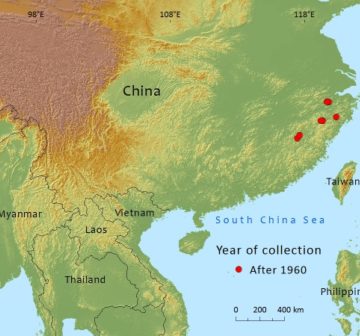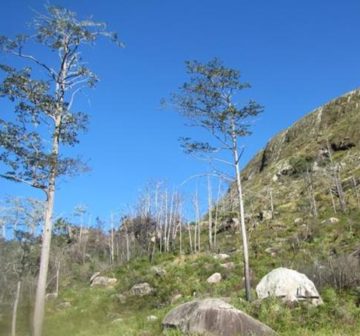Categories · Threats
Residential and commercial development
The negative impacts of residential and commercial development on conifers is so severe that it has led to conifer species becoming Critically Endangered. Ironically, the very system put in place to protect biodiversty, such as national parks, can have a negative impact on biodiversity.
Here the most detrimental impacts can be from the visiting public by bringing an increased risk of fire and the introduction of harmful pests and diseases. As a result of an explosive growth rates in the human population over the last 50 years there has been a steady drift of people from the city centres into urban areas. It is estimated that 60% of the Earth's population will live in urban areas by 2030. Hence these increasing population densities and mounting development pressures are causing large tracks of land in the immediate surroundings of urban areas undergoing a process of what is known as urbanisation. This phenomenon directly alters forest ecosystems by removing or fragmenting forest cover. It indirectly alters forest ecosystems by modifying hydrology, altering nutrient cycling, modifying disturbance regimes, and changing atmospheric conditions.
There are 52 taxa in the category – Residential and commercial development:
< Previous page · Page 6 of 6 pages
Download full list of taxa in this category as CSV
< Previous page · Page 6 of 6 pages




